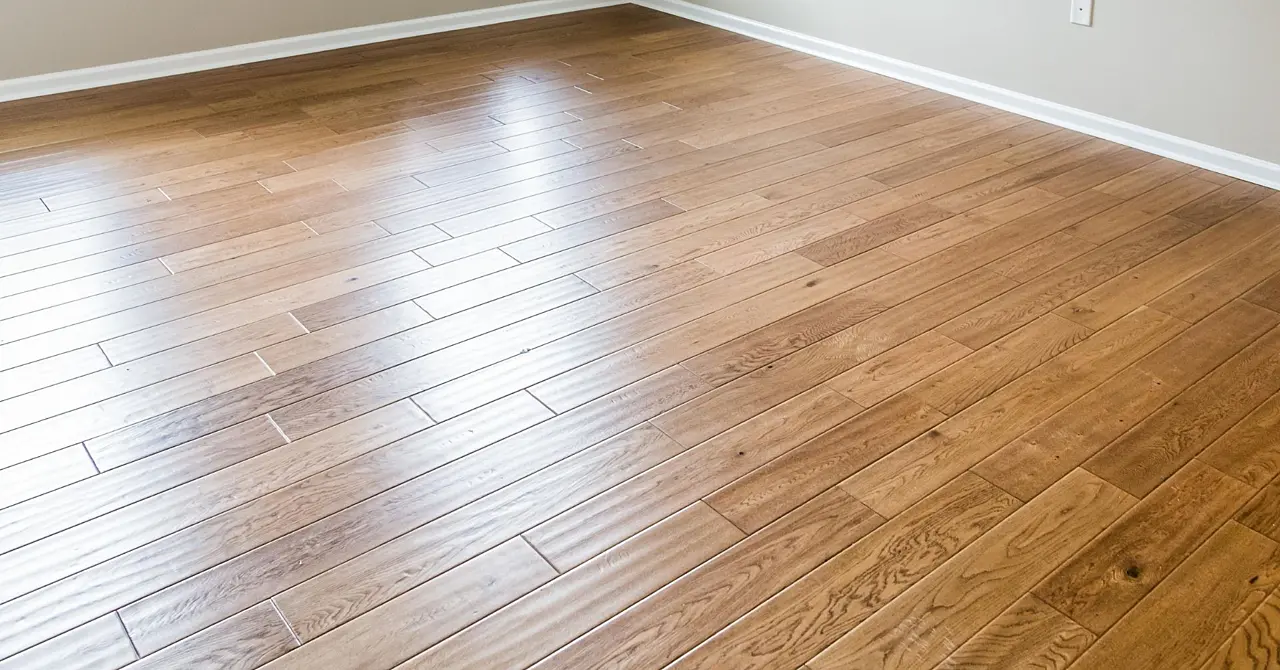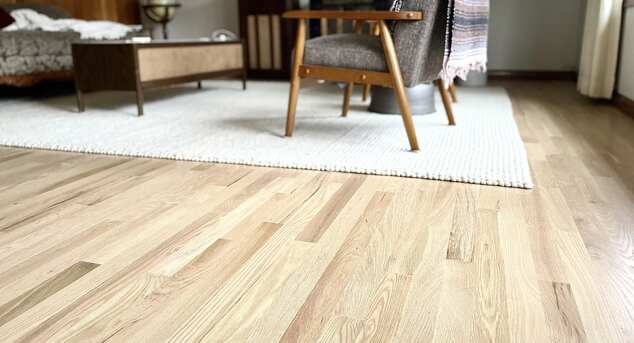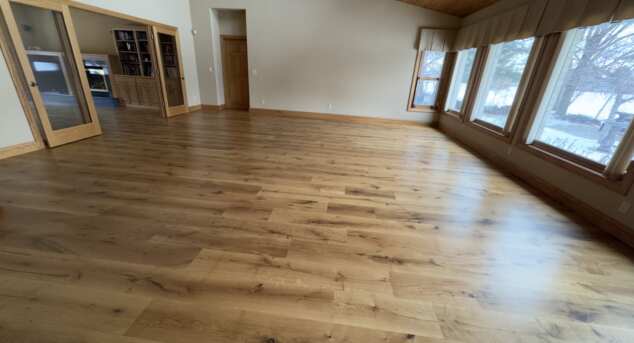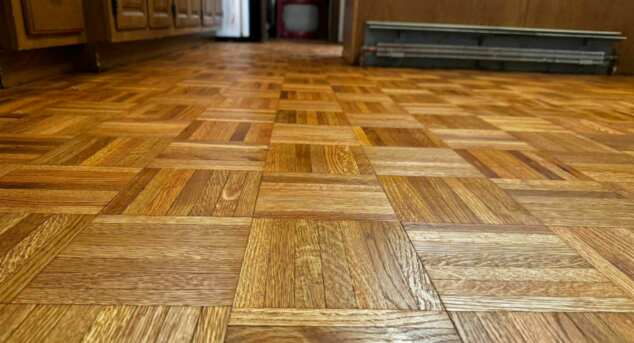Signs Your Hardwood Floors Are Sealed: What to Look For
Posted by Aaron Schaalma
Wondering if your hardwood floors are properly protected? Understanding the role of sealers and sealants is essential for maintaining the beauty and longevity of your wood floors. This guide focuses on how to identify if your floors are sealed, the difference between a sealer and a finish, and tips for ongoing care.
If you’re in Wisconsin, and you’d like to get an expert opinion on the condition of your floor or helping restoring and maintaining it, contact Signature Custom Flooring for a consultation.
What Is a Sealer?
A sealer is a product applied to hardwood floors that enhances the natural grain and color of the wood while preparing the surface for a finish. Typically, a sealer penetrates the wood fibers, bringing out the wood’s character and creating a base that allows the final finish to sit on top. Importantly, a sealer is not the same as a finish. While the sealer highlights the wood and provides some initial protection, the finish is a separate layer that forms a durable barrier against moisture, scratches, and wear.
Why Seal Hardwood Floors?
Sealing is crucial because it:
Enhances the beauty and depth of the wood grain.
Provides a foundation for the finish to adhere to, improving durability.
Offers initial protection against moisture and stains, though full protection comes from the finish layer.
How to Tell If Your Floors Are Sealed
There are a few simple ways to determine if your hardwood floors have been sealed and finished:
Water Drop Test: Place a drop of water on the surface. If the water beads up, the floor has a protective finish. If it soaks in, the floor may only have a sealer or is unprotected and needs attention.
Surface Texture: Sealed and finished floors usually feel smooth and may have a subtle sheen. If the wood feels rough or looks dull, it may only have a sealer or be unfinished.
Finish Identification: If your floor has a glossy, hard surface, it likely has both a sealer and a finish. If it looks matte but the grain is enhanced, it might just have a sealer.
Common Types of Sealers and Finishes
Oil-based sealer: Penetrates deeply, enhances grain, creates a warm tone
Water-based sealer: Clear, enhances grain, dries quickly
Wax (as a sealer): Sits on surface, gives low sheen, often used over another sealer
A finish—such as polyurethane, varnish, or wax—should be applied over the sealer to provide a strong, protective barrier that keeps out moisture and resists scratches.
Advantages of Using a Sealer Before the Finish
Enhanced Appearance: Sealers make the wood grain pop and give depth to the color.
Better Finish Adhesion: The finish sits evenly atop a sealed surface, reducing blotchiness.
Longer Lifespan: The combination of sealer and finish offers layered protection, extending the life of your floors.
Care and Maintenance Tips
Clean sealed and finished floors with a damp (not wet) cloth and avoid harsh chemicals.
Use rugs in high-traffic areas and pads under furniture to prevent scratches.
Reapply finish as needed, typically every 3–5 years, to maintain protection. If the wood starts to look dull or absorbs water, it may be time for resealing and refinishing.
Summary
A sealer is designed to enhance the grain and color of hardwood floors and to create a base for the finish, which is the true protective layer. Both are essential for beautiful, long-lasting wood floors. Regular maintenance and periodic resealing and refinishing will keep your floors looking their best for years to come.
If you’re in Wisconsin, and you’d like to get an expert opinion on the condition of your floor or helping restoring and maintaining it, contact Signature Custom Flooring for a consultation.



